Rega io vs Marantz PM6007: which budget stereo amp should you buy?
Two current Award-winners at similar price points go head to head
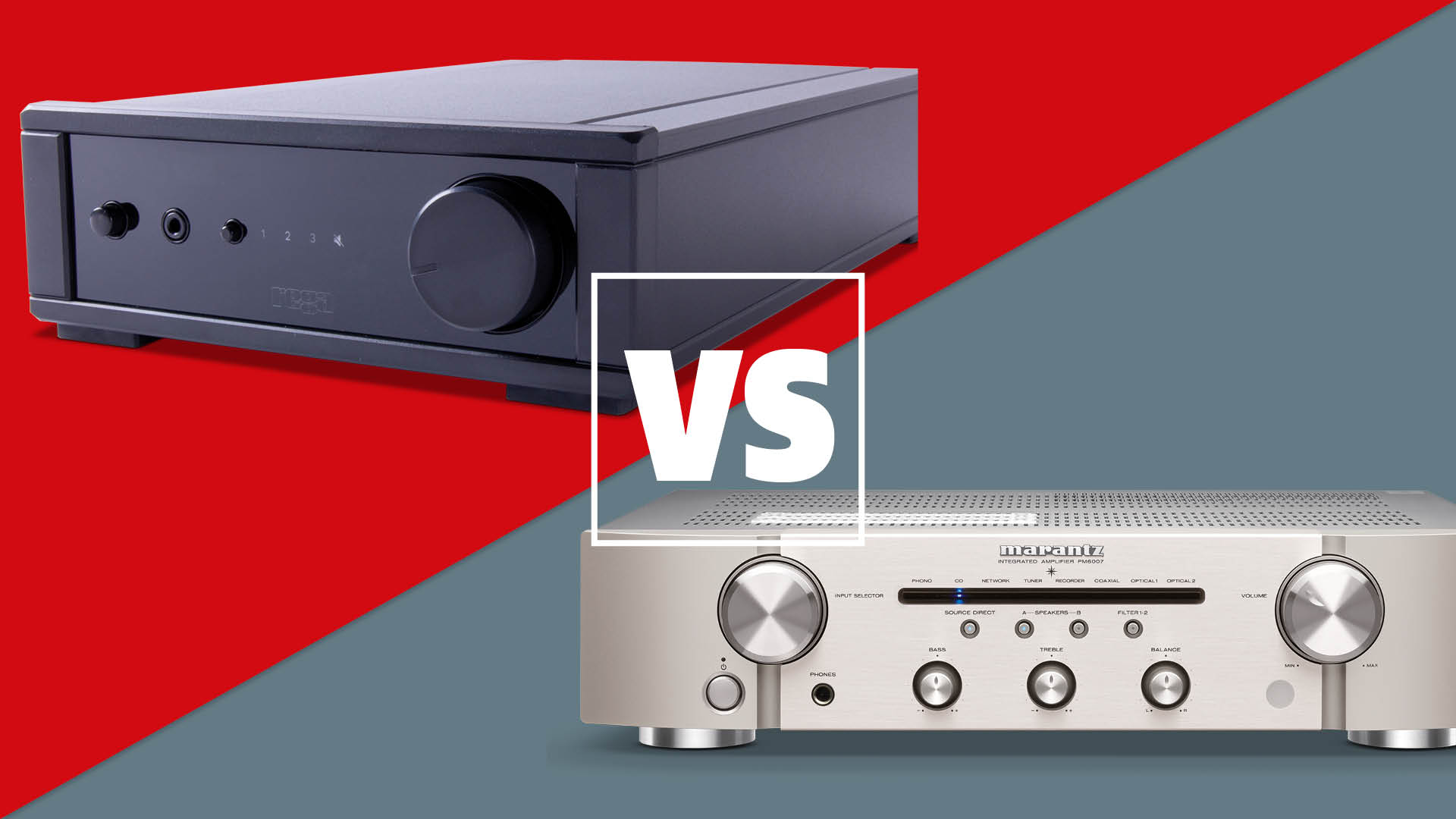
If you're in the market for a new stereo amplifier below £500 ($700) – maybe you're embarking on building your first hi-fi system or looking to upgrade from an existing budget amp – check out the current list of What Hi-Fi? Award-winners in the stereo amp category. After all, they have been chosen as the best on the market – tried, tested and selected by our team of reviewers.
But if you've headed to that section of this website and noticed that the Rega io and Marantz PM6007 are both affordable winners, which one should you go for?
Not too long ago, we pitched the Rega io against the Marantz PM6006 UK Edition, the former Award-winning stereo amp from Marantz (which at the time of writing is still available to buy at a generous discount). But now that its successor, the PM6007, has proven even more formidable, we again ask the question 'Rega or Marantz?'
- Read our Rega io review
- Read our Marantz PM6007 review
Rega io vs Marantz PM6007: design and build
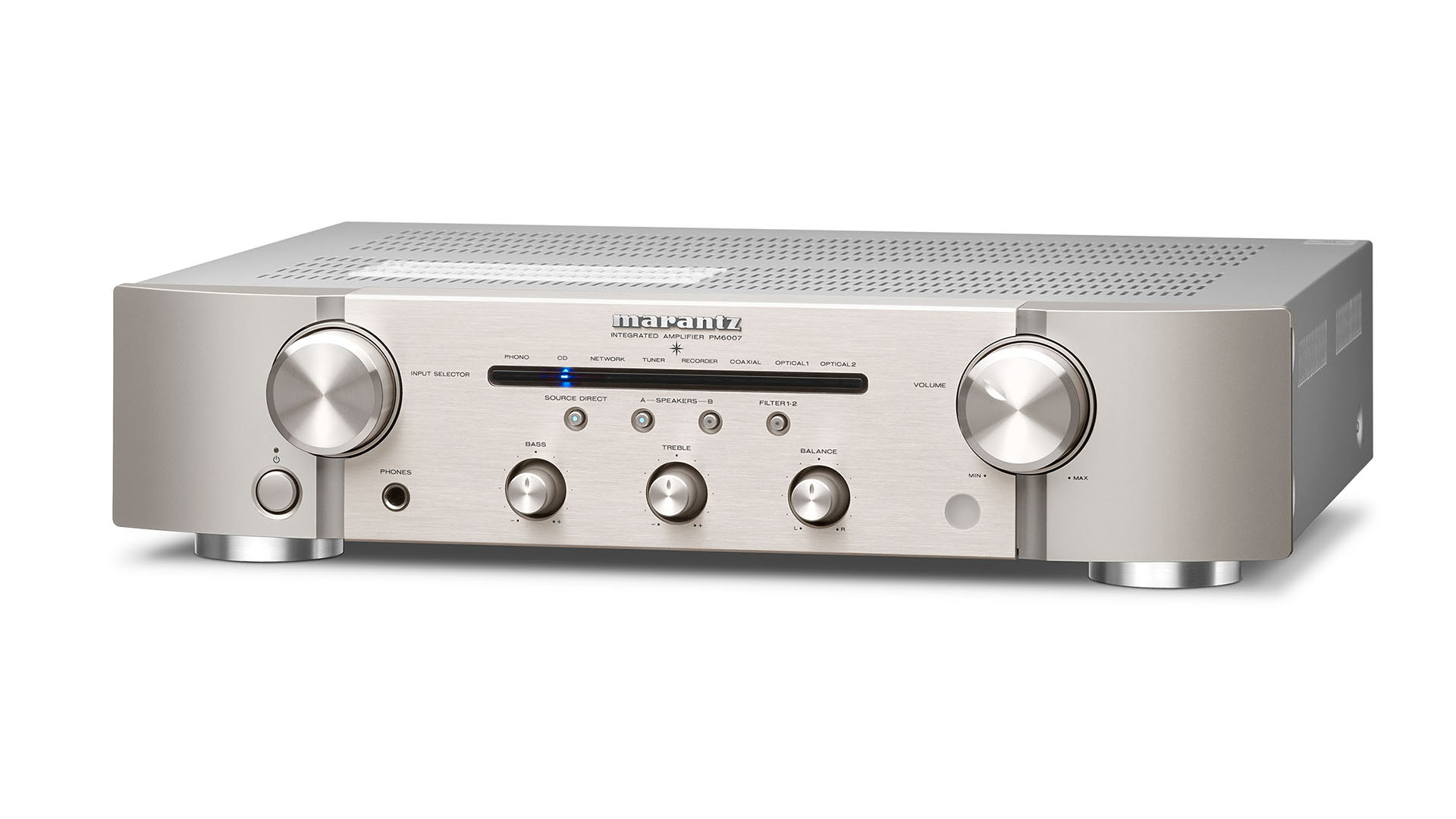
Design isn't likely to be the deciding factor when buying a stereo amp, but it might be useful to know that the Rega has a compact, half-width chassis (ideal for tucking onto a shelf, if you aren't going down the hi-fi rack route), while the Marantz is a bigger, full-width design and will therefore slot nicely into a full-width hi-fi rack.
We were taught not to judge a book by its cover, but if we did, we probably wouldn't give the Rega much consideration. While its casing is well made, it is pretty bland, with just a low-key power button, volume dial, 3.5mm headphone socket, source button and source-indicating LEDs adorning its glossy front panel. Though not fancy, it is perfectly functional – and if it is going to be tucked away, that may be just fine.
There's much more to look at on the Marantz – more dials (for EQ adjustment and balance), bigger dials, buttons for switching speaker zones, buttons for digital filters and source direct. It has a more grown-up aesthetic, even if we are a little disappointed by its familiarity – Marantz hasn’t revamped the aesthetic much during the line’s 13-year history.
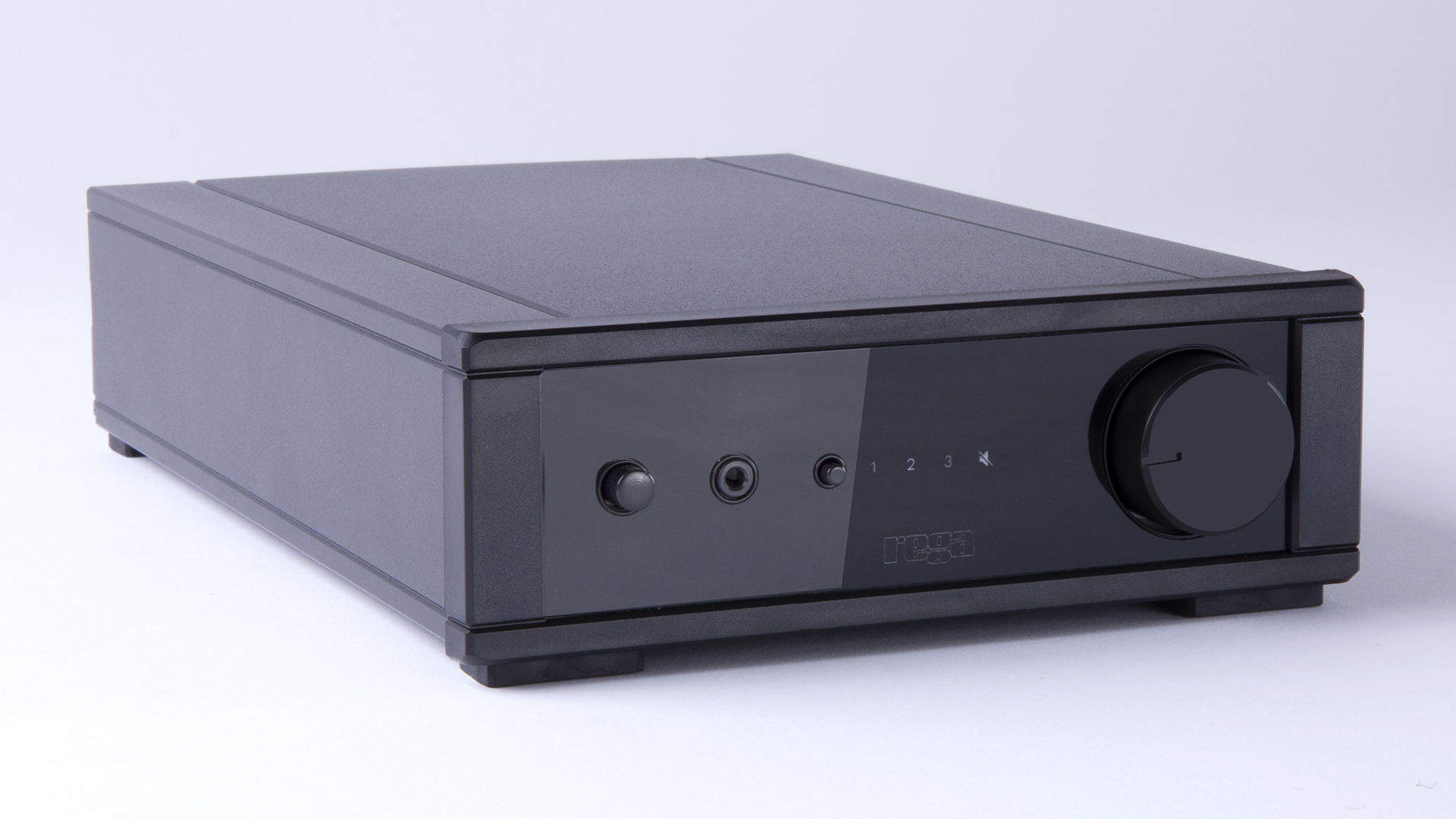
Rega io vs Marantz PM6007: features
The discrepancies in connectivity between the two amps may have a bigger influence over your purchase. The Rega io simply sports an MM phono input and two line-level RCA inputs for hooking up a turntable and a couple of components, such as a CD player and music streamer. There's the front-panel 3.5mm headphone jack too.
Analogue-only designs are common at this end of the market, and if you're set on connecting two or three hi-fi sources, this modest array of inputs should suffice.
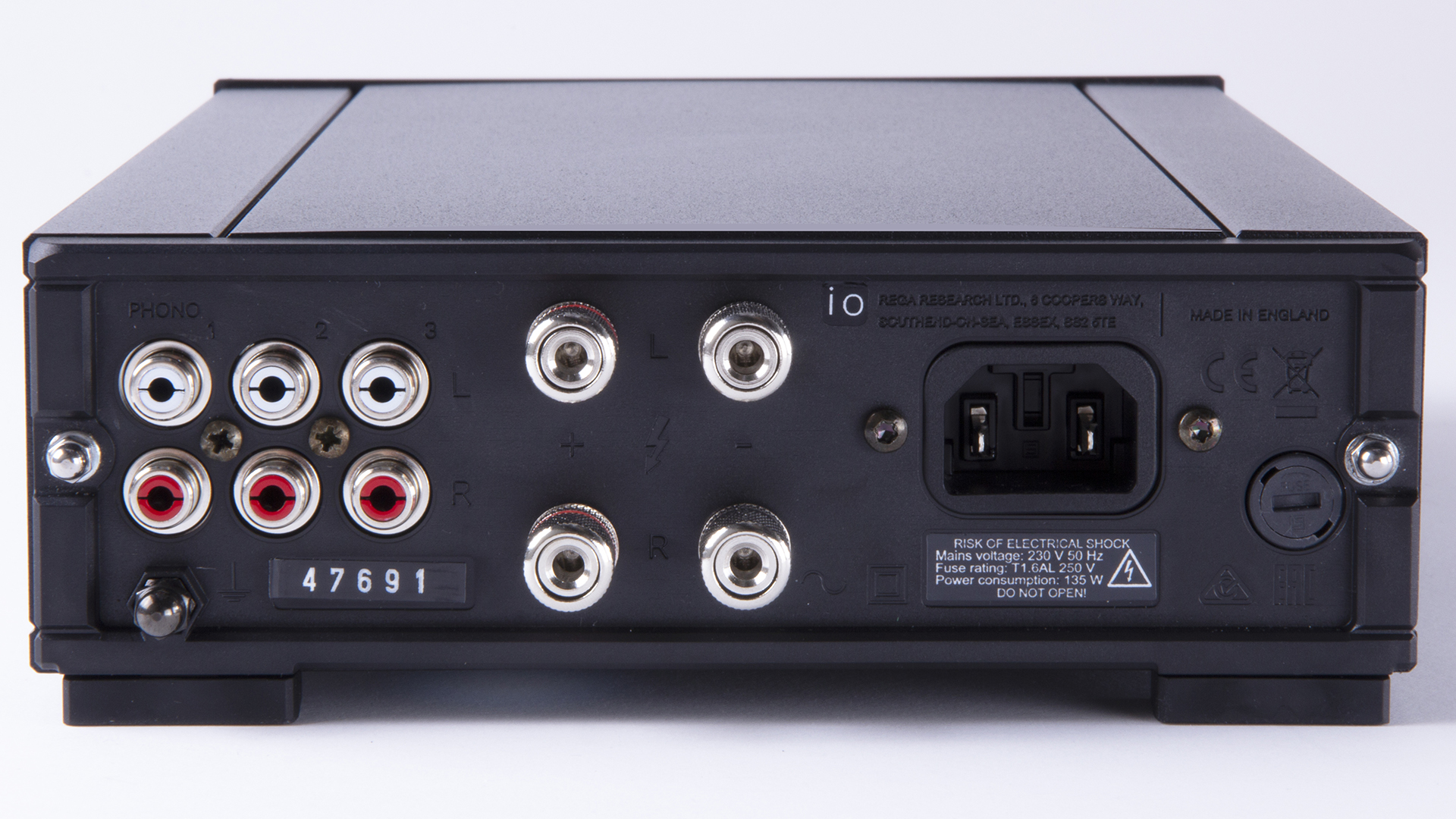
The Marantz, on the other hand, complements its greater number of line-level RCA inputs (four), MM phono input and 6.3mm headphone socket with digital connections – two optical inputs and one coaxial – which would be handy for anyone wanting to incorporate their TV's sound into their hi-fi set-up. Its subwoofer output could also be of use when used in this setting, too.
Optical and digital inputs can also accommodate audio sources with those types of outputs, of course, although for signal purity, we'd advise going down the RCA route, where possible.
It's worth noting that neither of these entry-level amplifiers has a USB input or Bluetooth. Both the recommendable (but slightly pricier) Audiolab 6000A and NAD D3020 V2 have Bluetooth, albeit not USB.
There is also the option to add Bluetooth via, say, the iFi Zen Blue. If you need both, the excellent (but pricier) Cambridge Audio CXA61 may be more suitable.
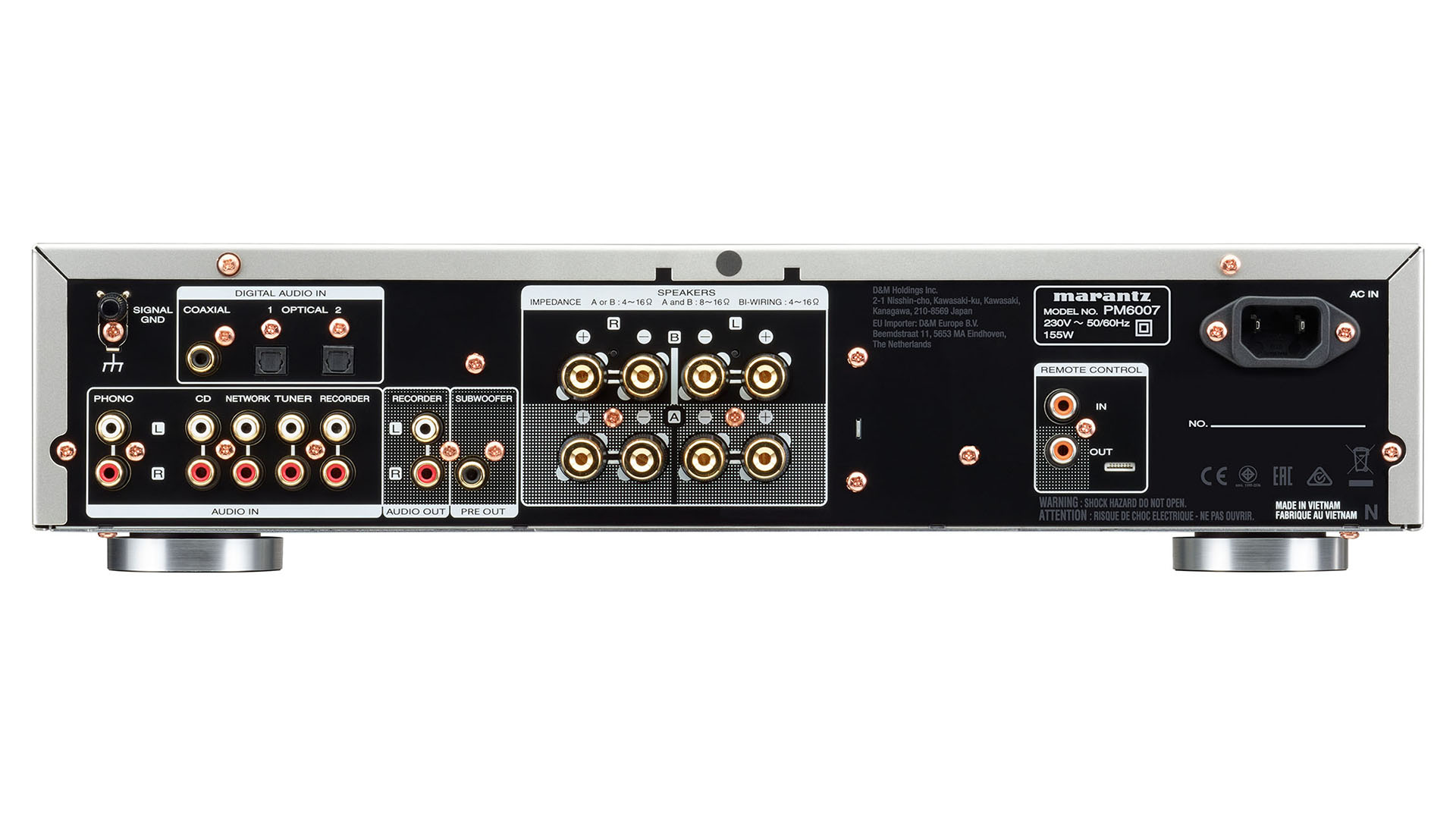
Rega io vs Marantz PM6007: sound
These two amps have very different approaches in the sound department. The Rega is fun and upfront, while the Marantz combines energy with greater refinement and smoothness. Both are entertaining and insightful, but they have different priorities.
Comparing the Rega with the previous version of the Marantz, we noted: "The Rega is a cruder listen: comparatively, it doesn't have the Marantz's spaciousness or smoothness, but where the Marantz excels in those regards, the Rega replies with more energy and greater rhythmic assurance that makes it more fun to listen to."
With the PM6007, Marantz has closed the gap in terms of energy; trading some of that smoothness for a bit more oomph, as well as tightening up the bass. The result is a more spirited presentation.
The Rega still has the edge when it comes to rhythmic precision and cohesion, but with the Marantz's greater space and finesse, it sounds less sophisticated. Which sound you prefer really does boil down to personal preference and even the genre of music you listen to.
For those building a system from scratch, both amps would be amicable partners for the Elac Debut B5.2 or Bowers & Wilkins 606 S2 Anniversary Edition speakers. The Rega Planar 1 deck and/or Audiolab 6000N Play streamer would be high on our list of sources, too. Of course, the natural CD player pairing for the PM6007 would be its 6007 series sibling, the Award-winning CD6007.
Rega io vs Marantz PM6007: which should you buy?
The Rega io's stripped-back feature set and basic design won't appeal to everyone, but for those who can make do with analogue-only connections and a no-frills aesthetic, it is arguably the best pick for out-and-out entertainment. You'd have to spend twice as much for a more enthralling listen – and that's credit to Rega's intent to cram as much performance as possible into this reasonable asking price.
Ultimately, however, the Marantz PM6007 is the better budget stereo amp. It's a more complete offering, pairing a universally likeable sound with satisfyingly traditional casework and as much connectivity as you could reasonably expect or need. You get a lot for your money on the surface, and beneath it.
Of course, if you value these things but cannot justify the Marantz's extra expense over the Rega, which, at the time of writing, is around £120 ($105), there is always the Marantz PM6006 UK Edition. It's less energetic and doesn't have a subwoofer output, but still beats the Rega for sonic and feature maturity.
MORE:
Things to consider when choosing and setting up a stereo amplifier
Starting from scratch? This is how to build the perfect hi-fi system
B&W 606 vs 607: two excellent budget speakers, but which should you buy?
Get the What Hi-Fi? Newsletter
The latest hi-fi, home cinema and tech news, reviews, buying advice and deals, direct to your inbox.
What Hi-Fi?, founded in 1976, is the world's leading independent guide to buying and owning hi-fi and home entertainment products. Our comprehensive tests help you buy the very best for your money, with our advice sections giving you step-by-step information on how to get even more from your music and movies. Everything is tested by our dedicated team of in-house reviewers in our custom-built test rooms in London, Reading and Bath. Our coveted five-star rating and Awards are recognised all over the world as the ultimate seal of approval, so you can buy with absolute confidence.
-
harman great reviewReply
what about pm6007 vs audiolab 6000a for qacoustic
which integrated is more stubble for the speakers

